Table of Contents (click to expand)
Whales, being at top of the food chain, make the whole chain vulnerable to the extent of falling apart if they become endangered or go extinct.
The first-ever mention of whale oil dates back to 1059 BC when Basques of Iberia, a peninsula at the southwest corner of Europe, first extracted this “highly resourceful” commodity from the blubber (a subcutaneous layer of fat) of this magnificent marine mammal.
Since then, whales have been impulsively hunted, and every bit of their lifeless bodies have been used to boost the economy and create a significant demand in the markets. The 19th century saw a boom in the whaling economy with uncontrolled whale slaughter in almost every coastal nation where man could lay their nets and ships could harbor at docks to trade their catch. Whale oil not only illuminated houses and factories, but also fueled the Industrial Revolution.
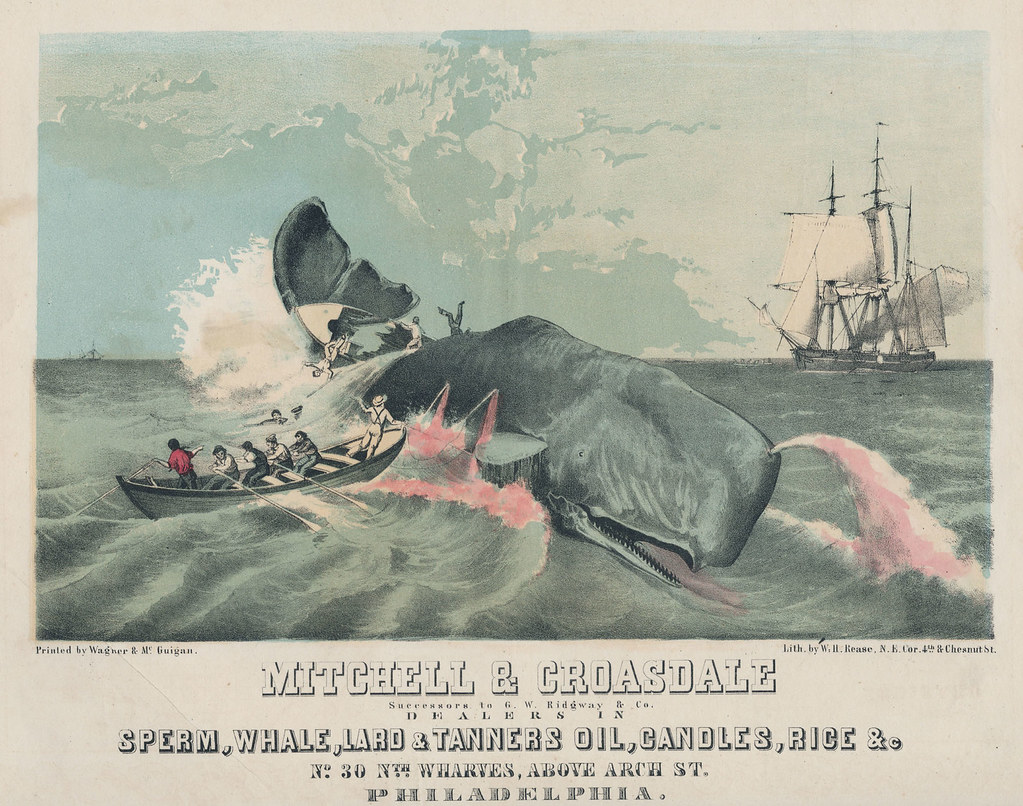
Carving Wealth From A Whale
With such an economically reliable natural resource (so-called) lurking in the great waters, and the weaponry advantage on our side; it seemed perfectly fit to exploit these gentle creatures, slaughtering them for every commodity that could satisfy our means of development and comfort living.
- Whale oil
The oil that started it all. Oil from sperm whale blubber is a light, straw-colored liquid with extreme sustainability at high temperatures, and was of great importance as a lubricant in rapid machinery, as well as a brilliant fuel for illumination, without fogging up the houses with smoke. Immense quantities of sperm oil were used in private and public lighting, as well as lighthouses. The crude sperm whale oil leaves a byproduct that can be processed into quality soaps, which led to the export of more than half of this crude oil obtained by American fisheries to other countries.
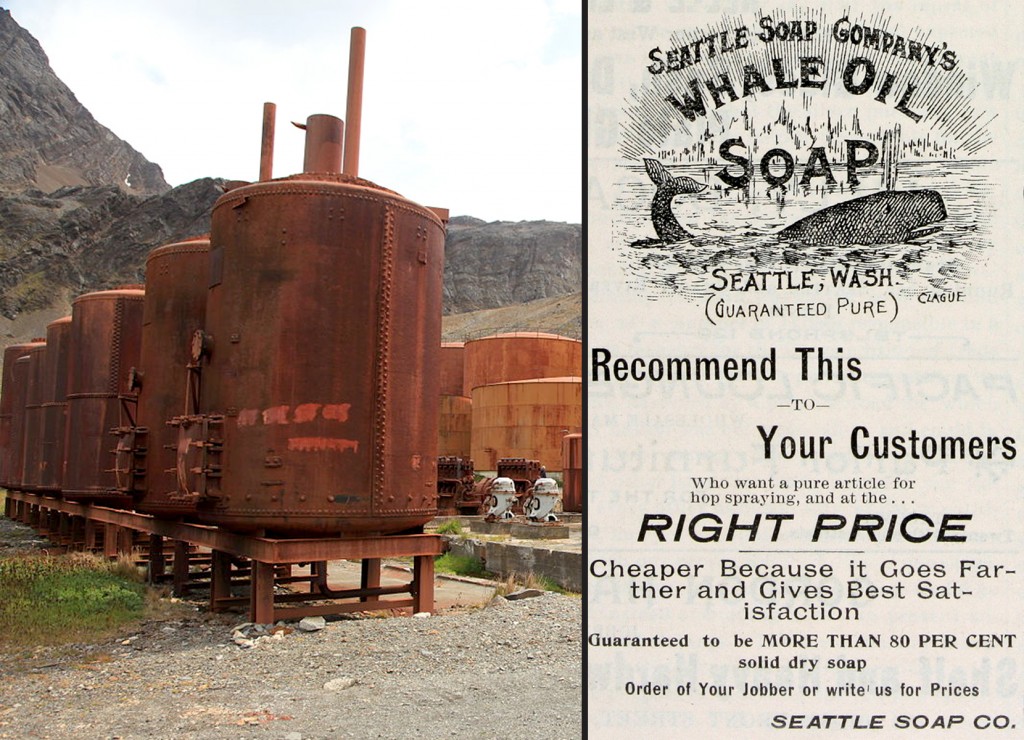
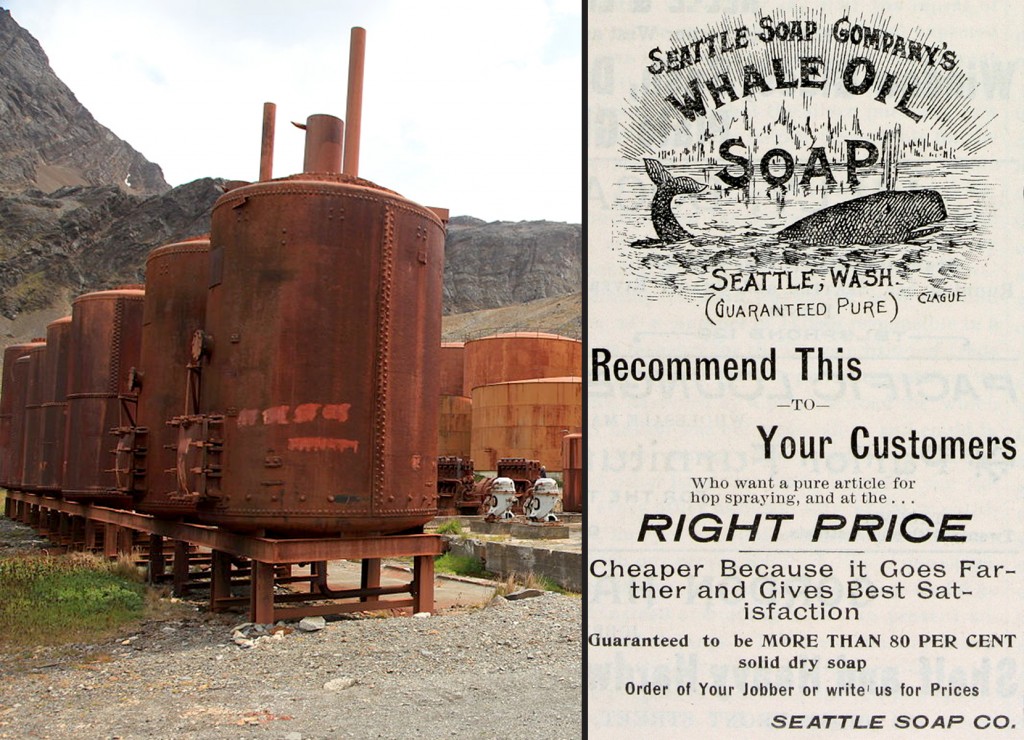
- Spermaceti
This was a highly valued resource in the oil industries due to its crystallizing properties in air. Obtained from the head of the Bottlenose Whale, this oil produced the highest quality candles of that century. Their high irradiance when burned made it an ideal tool for photometric measurements. Spermaceti also found good use in medicinal ointments, tanning resins, cosmetics, typewriter ribbons and the garment industry.
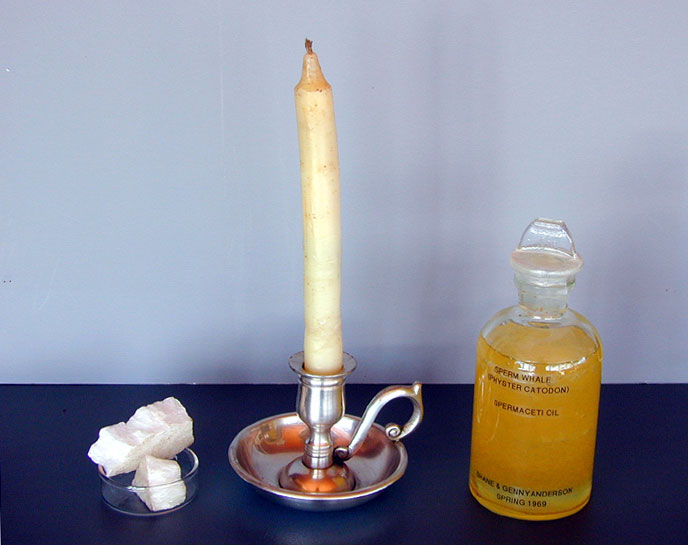
- Baleen
Instead of teeth, Baleen Whales are naturally gifted with long strips hanging from the rooftops of their mouth, which act as natural filters for straining out krill from seawater. Coincidentally, these baleen whales are composed of keratin, a highly durable substance present in your own nails and hair. Exploiting fellow humans seemed rather barbarous, so we settled for doing it to Baleens. The nineteenth-century featured a plethora of baleen products, namely Carriage springs, Buggy whips, Fishing poles, Corset stays, Skirt hoops for women, Umbrella ribs… basically every substitute for plastic and steel products in use today.
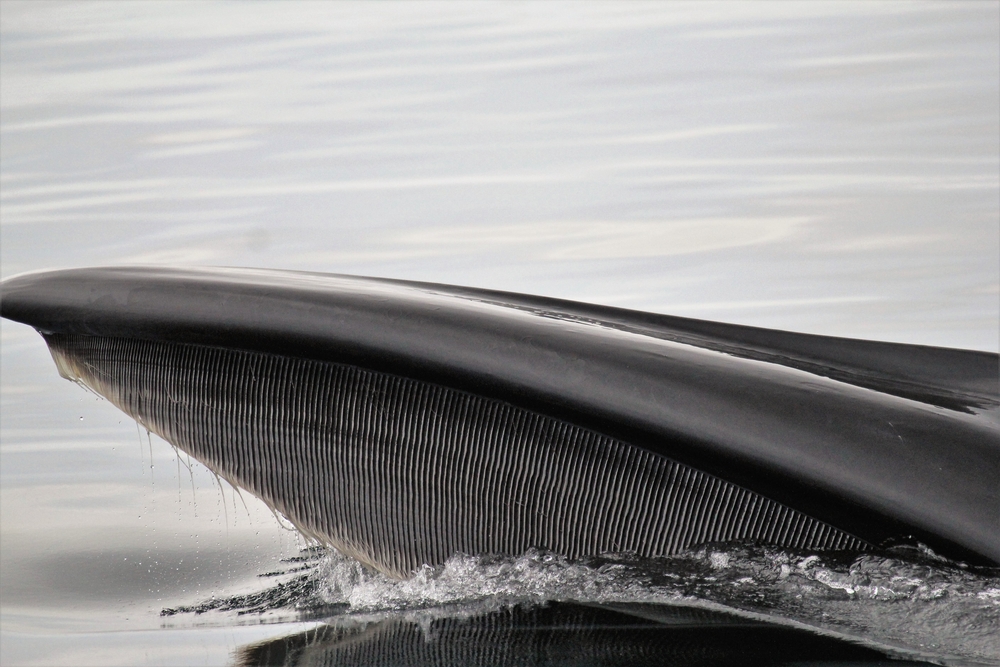
- Ambergris
The substance that revolutionized the perfume industry. With corals and pearls as exceptions, ambergris is the most exorbitant product of fisheries. Ambergris is a waxy, sticky mass of male excreta found in the intestines of diseased whales going through some biliary irritation. Often soft and dark in color, and emitting an unsavory odor, this semi-solid when exposed to air changes to a whitish marble-like solid with a scent that imparts homogeneity and permanence to a perfume.
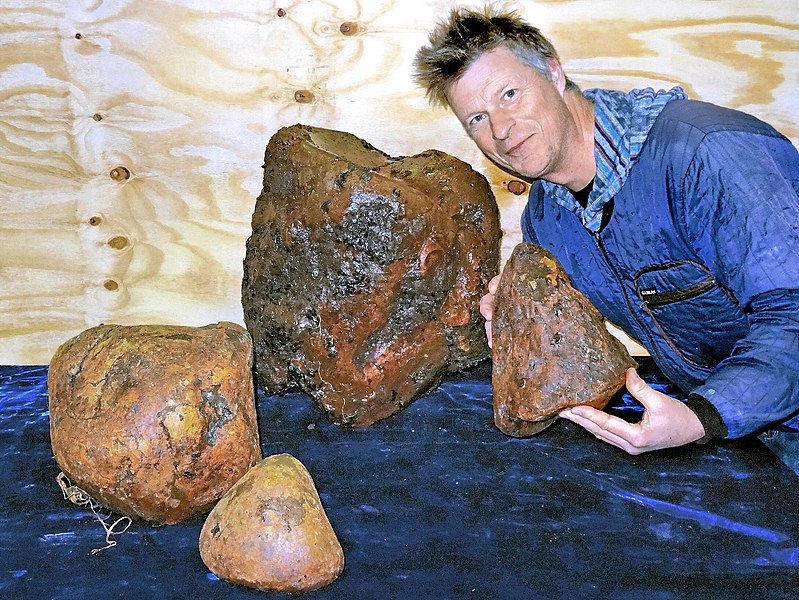
Also Read: Ambergris: Why Is Whale Vomit Used In Perfumes?
How Has Whale Slaughter Affected The Ecosystem?
Humans tend to favor hunting those animals that provide significant resources to the world in order to make it a better world to live in for no one but themselves. However, believe it or not, whaling also affects the ecosystems of the world. Whales are critical to the food chain and play an integral role in the biological pump and energy flow of all marine life.
The three categories most affected are the prey, the predators and the competitors. Whales, being at top of the food chain, make the whole chain vulnerable to the extent of falling apart if whales were to become endangered or go extinct. Commercial whaling has grievously depleted their numbers, beginning a chain reaction of destruction among the lower marine animals n the food chain. This has resulted in previously common whales becoming far more rarely sighted.
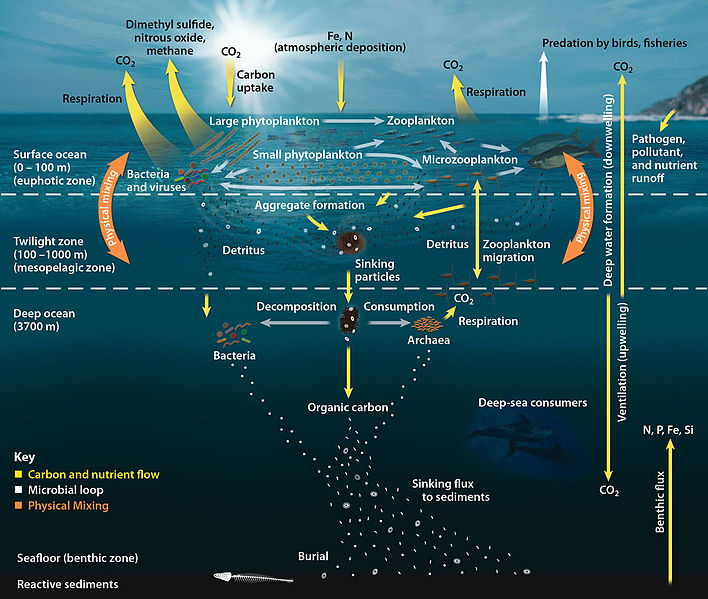
Phytoplankton and zooplankton are the primary food sources of smaller sea creatures and are at the bottom of the oceanic food chain. The larger predators, in turn, eat foraging fishes who feed on planktons. Whales, being the largest of them all, are at the top of the food chain, having no natural predators other than humans. Hunting the top predator of the food chain leads to an abundance of creatures that were fed on, in this case, by the whales.
These fish would fight for food below itself in the food chain, thus reducing their numbers. You can sit back and see the marine life fall apart, along with its food chain, and these effects will eventually have an effect on the land too. Fisheries will run dry and eventually, the world economy suffers due to lack of trade with the coastal nations. You’ve heard of the domino effect, right?
Also Read: What Happens To The Bodies Of Aquatic Animals When They Die?
What If We Had Never Started Hunting Whales In The First Place?
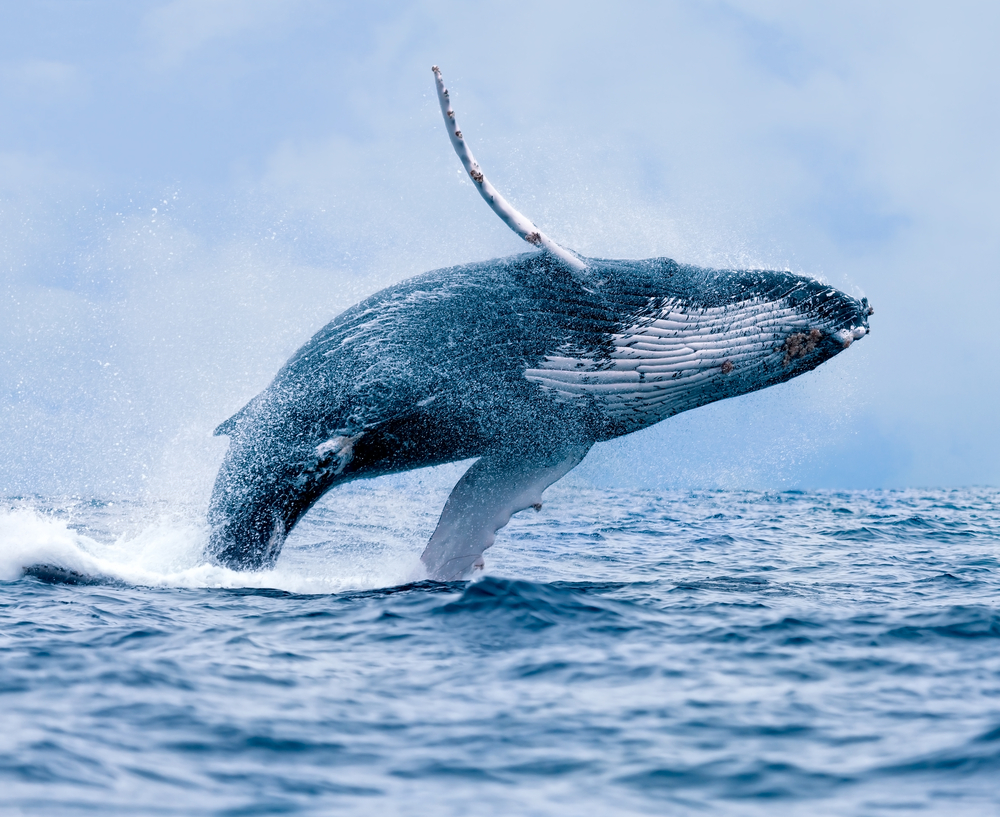
Whales, being a marine mammal and not a convectional fish, need to get back to the ocean surface once in a few hours to take in air. When they swim from the depths, towards the surface, they unintentionally push planktons up to the surface waters, abundant in sunshine and oxygen, allowing these critters more time to reproduce. More the plankton, the better is the working of the marine food chain.
Planktons, apart from serving as grub to smaller fishes, also absorb the carbon dioxide from our atmosphere, sinking it deeper into the ocean floor, for thousands of years when they die. However, this reduction in carbon footprint doesn’t stop there. Whales directly contribute to cleaning up the atmosphere by storing large amounts of carbon emissions in the air, carrying it down to the sea bed when they die. Acting as natural filters, whales have contributed a fair share to this planet and have undeniably lived up to their majestic reputation.
Never having started the slaughter in the first place, humans would have indeed looked for alternatives to whale products from the very beginning, meaning that carbon emissions would have been reduced, even if by a slight amount, having a significant impact on the global climate. With Japan opening its doors, yet again, to “scientific whaling”—a smartly assigned term for the whale meat trade—the world’a waters are beginning their flow into the pits of disaster.
Also Read: The Story Of Filter Feeding: How Did Whales Get Brush-Like Teeth?
How well do you understand the article above!

References (click to expand)
- History of whaling in Australia. environment.gov.au
- Of whales and men - Down To Earth. Down to Earth
- Impact of whaling on the ocean carbon cycle. The Journalist's Resource
- Pershing, A. J., Christensen, L. B., Record, N. R., Sherwood, G. D., & Stetson, P. B. (2010, August 26). The Impact of Whaling on the Ocean Carbon Cycle: Why Bigger Was Better. (S. Humphries, Ed.), PLoS ONE. Public Library of Science (PLoS).
- Whales and Hunting - New Bedford Whaling Museum. The New Bedford Whaling Museum
